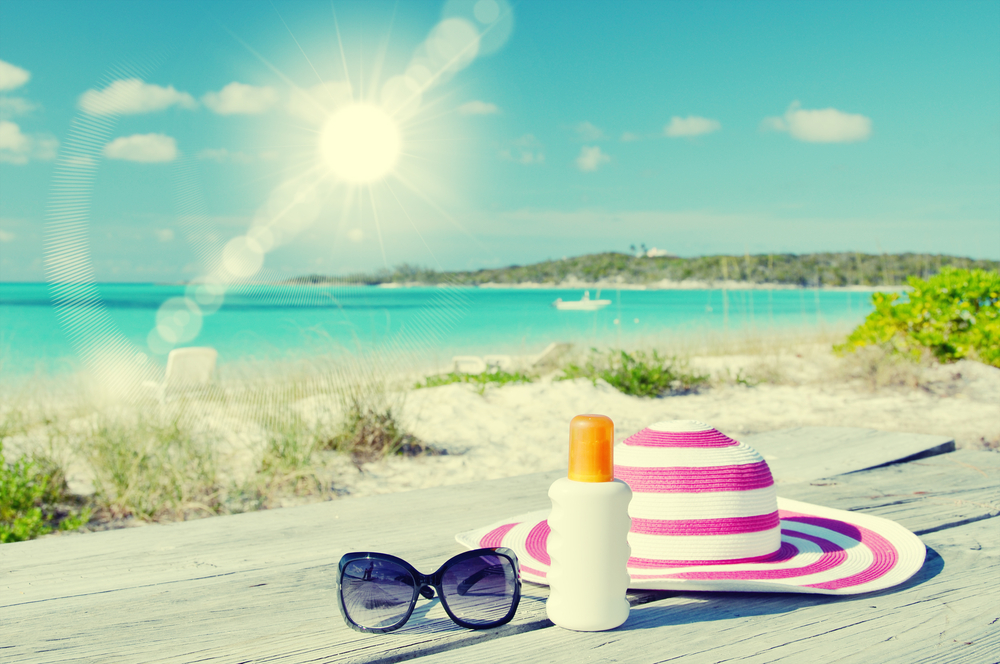 Exposure to near-UV radiation can lead to several diseases such as cataracts and skin cancer, and since peptides and proteins comprise 68% of the dry matter of cells they are likely targets for photodamage.
Exposure to near-UV radiation can lead to several diseases such as cataracts and skin cancer, and since peptides and proteins comprise 68% of the dry matter of cells they are likely targets for photodamage.
Photodegradation can occur either directly upon UV absorption or through a series of intra- and intermolecular energy transfer processes.
Understanding the specific pathways involved in photodegradation can allow future development of protective solutions against it.
In the study “Fragmentation mechanism of UV-excited peptides in the gas phase”, published in The Journal of Chemical Physics, researchers from the École Polytechnique Fédérale de Lausanne (EPFL) in Switzerland, showed that in order to degrade under UV light, certain peptides need to pass through a triplet quantum state, a reactive arrangement that can cause more damage than fragmentation alone.
The research team exposed gas-phase peptides containing tyrosine or phenylalanine to ultraviolet laser radiation and used ultraviolet-infrared spectroscopy to observe the structural modifications throughout time.
What they observed was surprising: some molecules, instead of degrading once excited, formed a kind of intermediate triplet states, an arrangement that occurs when in a pair of electrons, both spins point in the same direction (usually paired electron spins point to different directions).
This information is important, because electronic configurations have an effect on they way a molecule reacts, as such, it allows researchers to understand the potential consequences of photodamage for these molecules.
“Triplet states are long-lived and can be involved in harmful chemical reactions,” chemical physicist Aleksandra Zabuga, author of the paper, stated in a news release.
“During that time the triplet species may transfer their energy to nearby oxygen and produce highly reactive singlet oxygen or other free radicals. These radicals can in turn move around the cell and cause DNA damage that is much more dangerous than the fragmentation of peptides,” she added.
Skin and eye pigments such as melanin or kynurenine have the capacity to reduce the amount of UV radiation that can injure a cell.
“It is interesting to consider the fact that all of these protection mechanisms are external to the peptide. In other words, peptides do not seem to have very efficient means of protecting themselves,” explained Dr. Zabuga.


